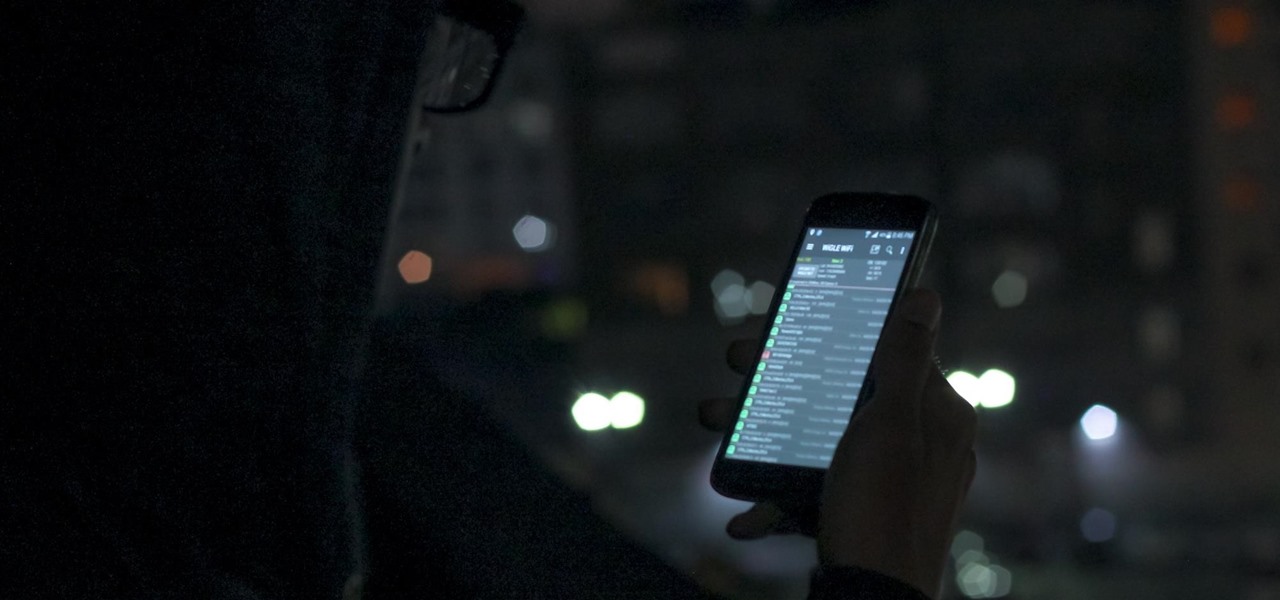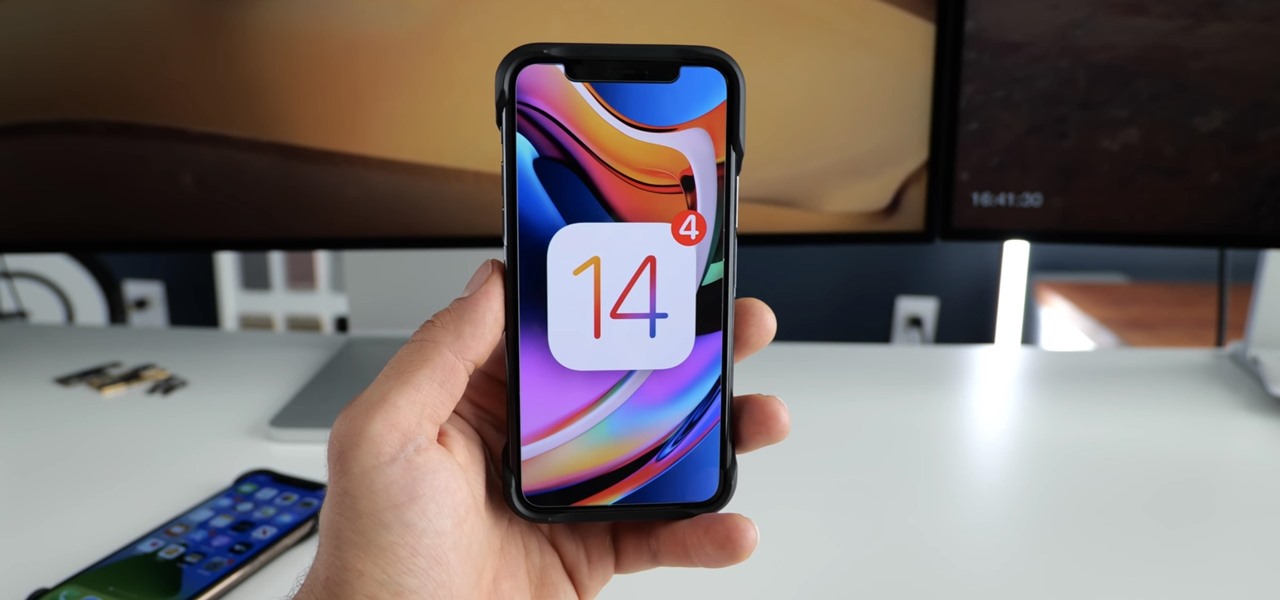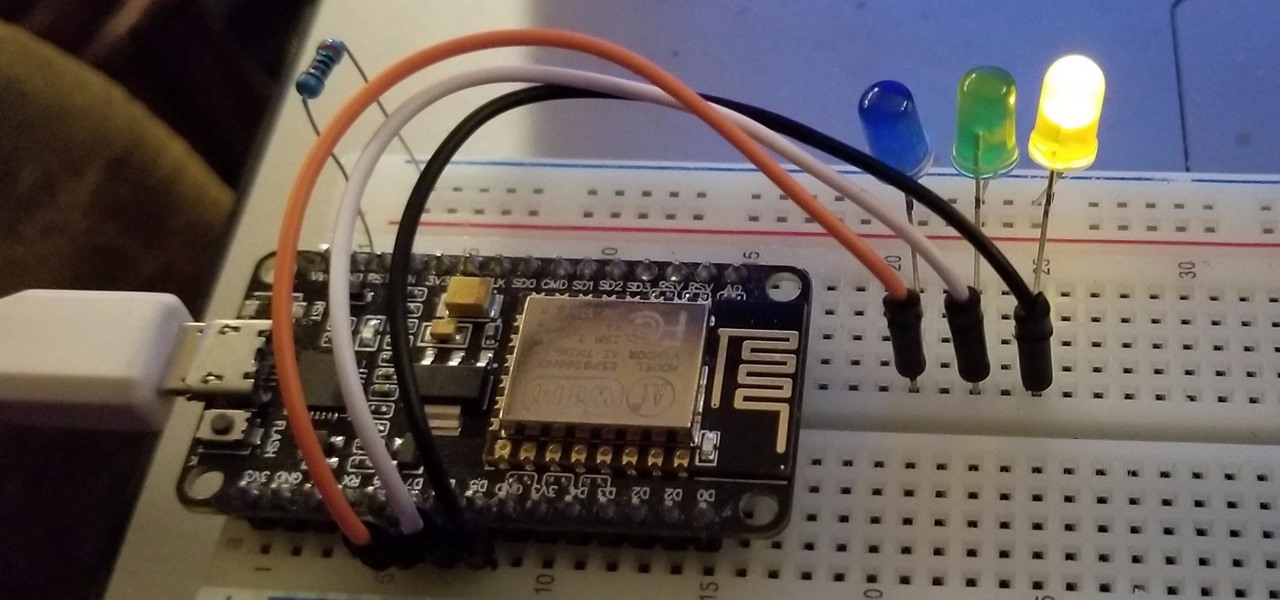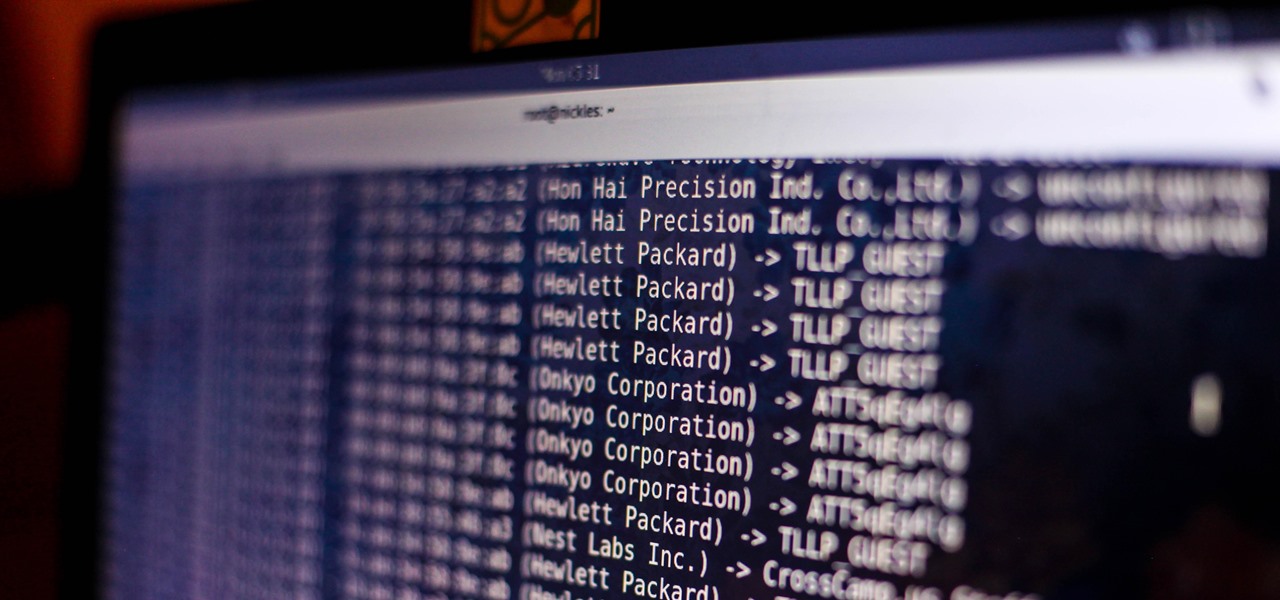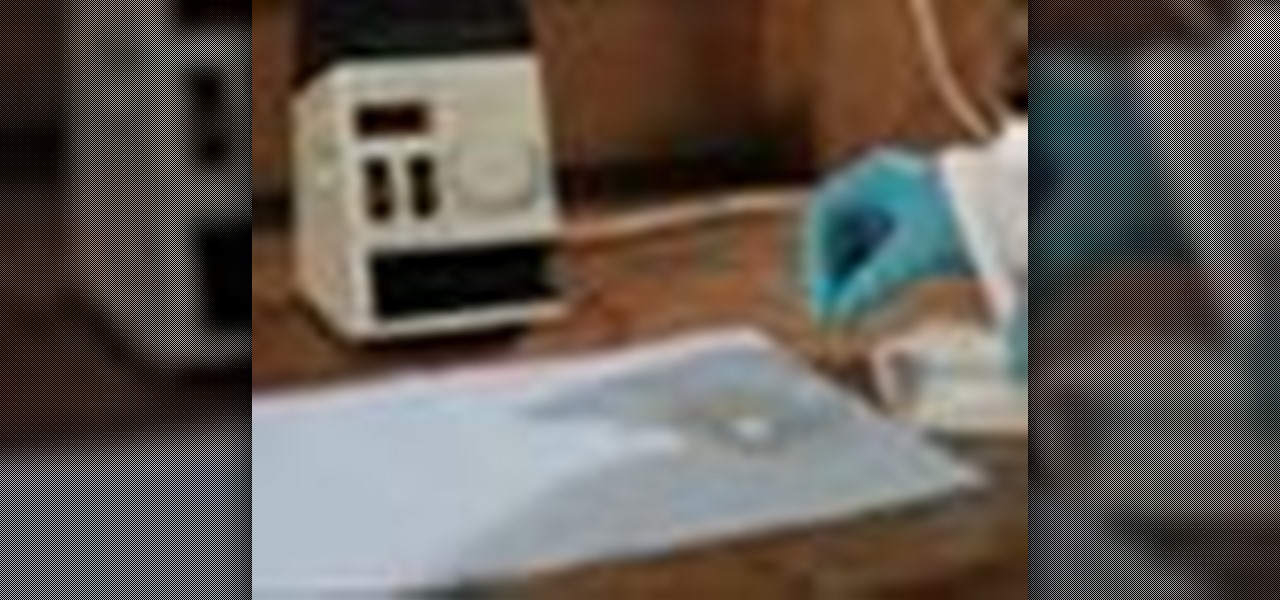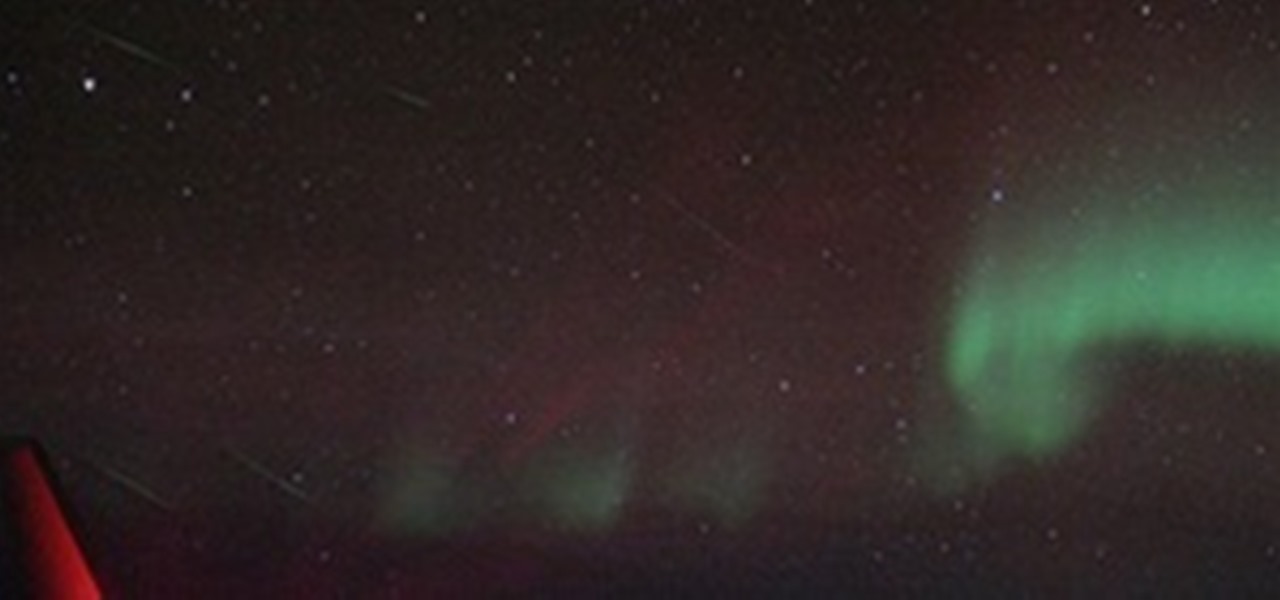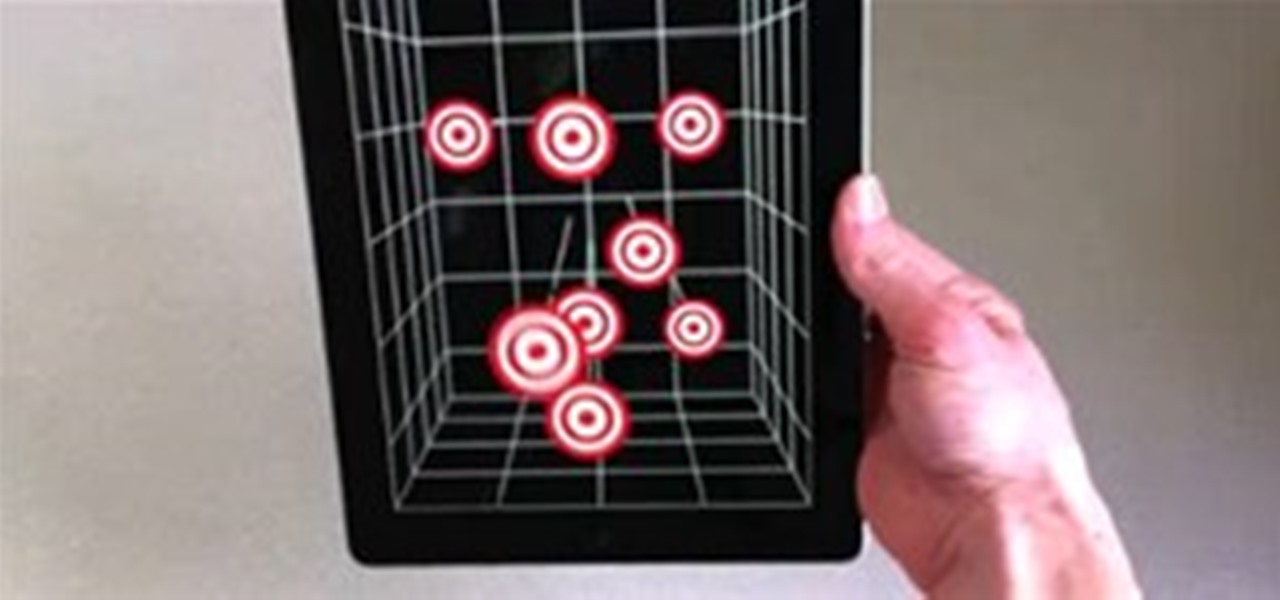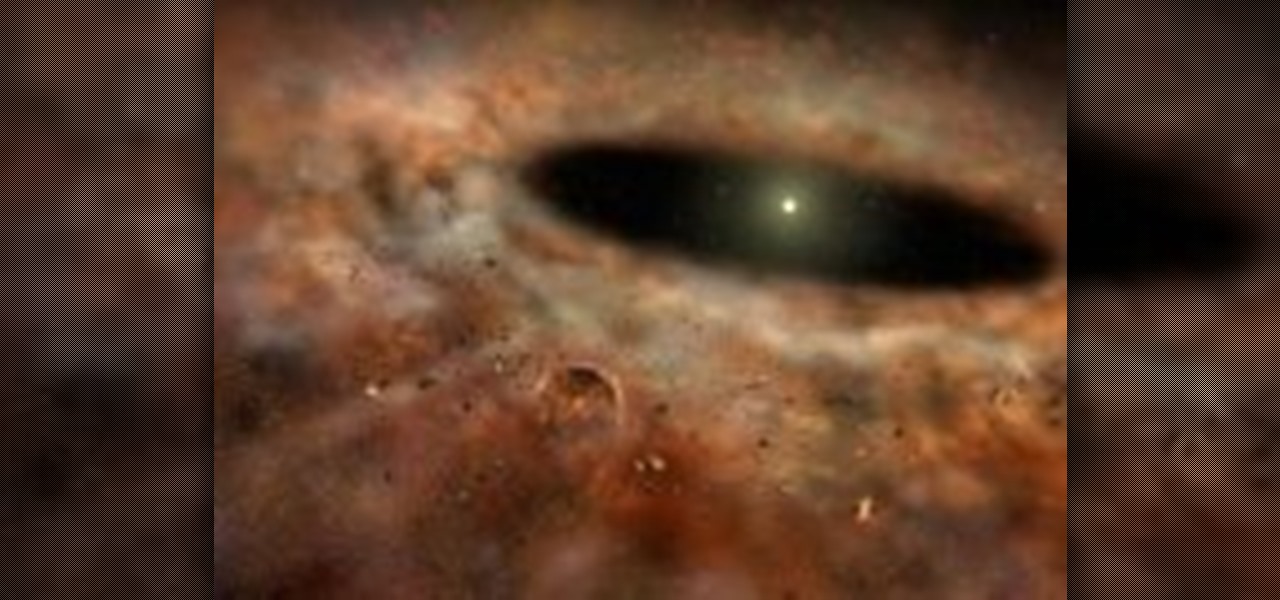
Seldom in recent history has a cyber security event caused so much media stir (maybe because it happened to a media company?) and international relations upheaval. Cyber security breaches seem to take place daily of major corporations, but the Sony hack seems to have captured the American imagination and, for that matter, the whole world's attention.

In my last quick clip, I demonstrated how to take a bottle of soda and freeze it on command. I received many requests for a more detailed article on this, so here we go. This "super cool" trick works with cans of soda too, not just bottles!

In recent weeks, Google managed to capitalize on the hype surrounding the Star Wars streaming series The Mandalorian with an AR app that was not only exclusive to Android but also available only for 5G-equipped devices.
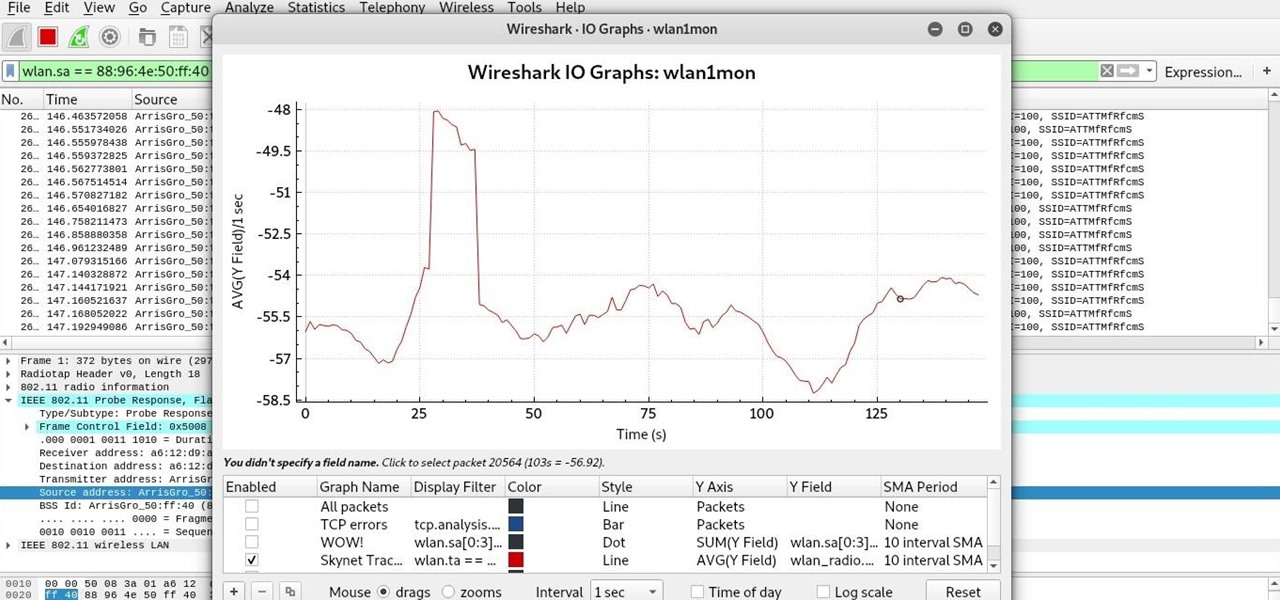
If you've ever wanted to track down the source of a Wi-Fi transmission, doing so can be relatively easy with the right equipment.
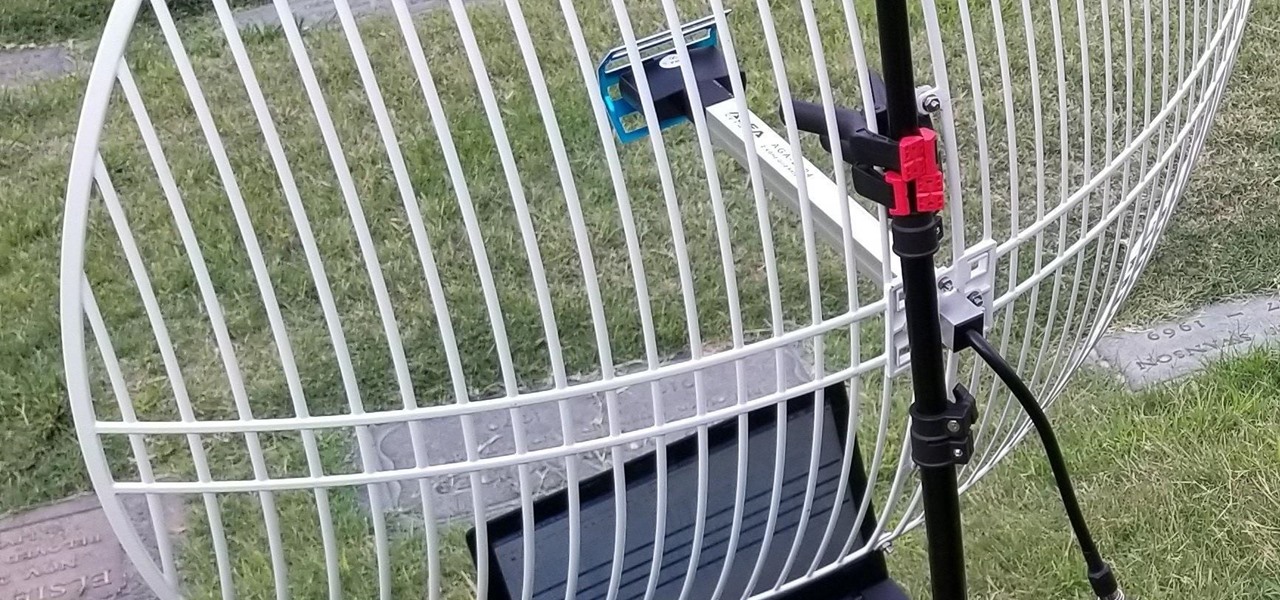
When learning Wi-Fi hacking, picking a compatible Wi-Fi network adapter is the first step to learning to crack Wi-Fi passwords.
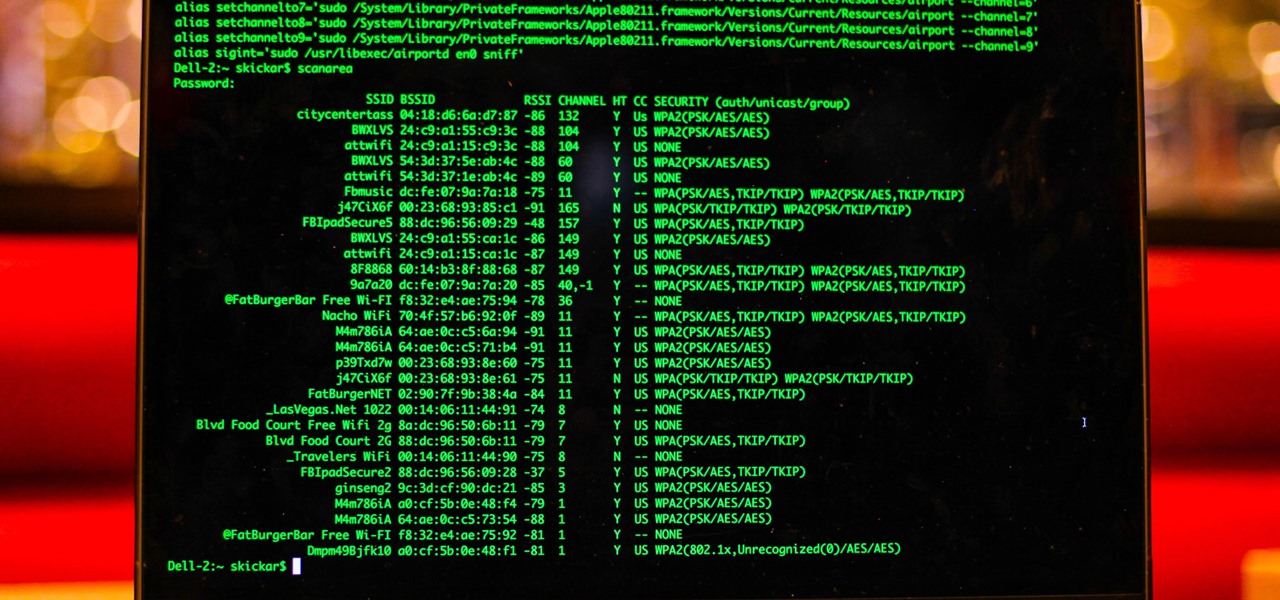
MacOS isn't known as an ideal operating system for hacking without customization, but it includes native tools that allow easy control of the Wi-Fi radio for packet sniffing. Changing channels, scanning for access points, and even capturing packets all can be done from the command line. We'll use aliasing to set some simple commands for easy native packet capture on a macOS system.

Electronic warfare tactics work by jamming, disrupting, or disabling the technology a target uses to perform a critical function, and IoT devices are especially vulnerable to attacks. Wireless security cameras like the Nest Cam are frequently used to secure critical locations, but a hacker can surgically disable a webcam or other Wi-Fi connected device without disturbing the rest of the network.

As you're surely aware, your phone can be used against you. Thanks to our cameras and microphones, a clever hacker can obtain access to your device and invade your privacy. But spying isn't limited to just these two sensors — gyroscopes, proximity sensors, QR codes, and even ads can be used to paint a very clear picture about who you are and what you're currently doing.

Tossing an old Android smartphone with a decent battery into your hacking kit can let you quickly map hundreds of vulnerable networks in your area just by walking or driving by them. The practice of wardriving uses a Wi-Fi network card and GPS receiver to stealthily discover and record the location and settings of any nearby routers, and your phone allows you to easily discover those with security issues.

Welcome finally, to a tutorial on buffer overflows! At last we have reached an exciting part of this series where I will dedicate the entire article on explaining and exploiting the notorious vulnerability. Grab some popcorn, sit back and enjoy the show.

Apple just released the fourth public beta for iOS 14 today, Thursday, Aug. 6. This update comes two days after the company released iOS 14 developer beta 4, 15 days after Apple seeded developers the third dev beta, and two weeks after the release of public beta 3.

Apple just released the fourth developer beta for iOS 14 today, Tuesday, Aug. 4. This update comes 13 days after Apple seeded developers the third dev beta, and 12 days after public testers got their hands on public beta 3.

With the Wigle WiFi app running on an Android phone, a hacker can discover and map any nearby network, including those created by printers and other insecure devices. The default tools to analyze the resulting data can fall short of what a hacker needs, but by importing wardriving data into Jupyter Notebook, we can map all Wi-Fi devices we encounter and slice through the data with ease.

The Digispark is a low-cost USB development board that's programmable in Arduino and capable of posing as a keyboard, allowing it to deliver a number of payloads. For only a few dollars, we can use the Digispark to deliver a payload to a macOS computer that will track the Mac every 60 seconds, even bypassing security like a VPN.

Smartphones and other Wi-Fi enabled devices send radio signals called probe frames to locate nearby wireless networks, which makes them easy to track by listening for their unique MAC address. To show how this kind of tracking works, we can program a NodeMCU in Arduino to sniff the air for packets from any device we want to track, turning on an LED when it's detected nearby.

Wi-Fi devices are continually emitting "probe frames," calling out for nearby Wi-Fi networks to connect to. Beyond being a privacy risk, probe frames can also be used to track or take over the data connection of nearby devices. We'll explain how to see nearby devices emitting probe frames using Probequest and what can be done with this information.

If you're living or staying out in the middle of nowhere or a rural area outside of a big city or town — where there are no reliable cable, fiber, or wireless networks available — how can you get an internet connection? There are several possibilities, but they all come with tradeoffs, which we'll go over in detail.

The art of fuzzing is a vital skill for any penetration tester or hacker to possess. The faster you fuzz, and the more efficiently you are at doing it, the closer you come to achieving your goal, whether that means finding a valid bug or discovering an initial attack vector. A tool called ffuf comes in handy to help speed things along and fuzz for parameters, directors, and more.

Is there a black or yellow mustache stripe? This is just one of the physical characteristics you will need to know to determine what kind of meadowlark you are looking at. Take a minute to enjoy the outdoors while identifying the distinct sound, look and location of meadowlarks.

The Interactive Lab Primer (ILP) has been developed as part of the Royal Society of Chemistry Teacher Fellowship Scheme, one of the themes of the Chemistry for Our Future program, and initiative which aims to secure a strong and sustainable future for the chemical sciences in higher education. The aim of the ILP is to address the diverse range of experience and skills students bring with them to a university by offering a resource to support their transition from school to the university chem...

Columbus Day celebrates Christopher Columbus's voyage to the Americas in 1492. In most of the New World, it's celebrated on the 12th of October, the day Columbus actually discovered the Bahamas. But in the United States, the holiday is observed on the second Monday in October.

I'm starting a series on the top astronomers, with probably about eleven astronomers that I will be covering overall. So, let's start out from the top, with the top most important astronomer. In my opinion, Galileo Galilei is the top astronomer.

Note: This shower is only visible in the Northern Hemisphere. The Quadrantid meteor shower is one of my personal favorites, mainly because of the amount of meteors it produces. You can sight more than 100 meteors per hour- that's more than 1 meter per minute. Even though that doesn't sound like much, it will make your observing experience much more exciting. The peak is short, typically lasting no more than an hour or so. It is more easily observed on the fourth, with its peak at 1:00 AM EST.

Astronomy World will be posting a weekly blog post that informs fellow observers upcoming interesting events in the sky. These will include:

It seems the French have carefully observed the hacking achievements of one super clever Carnegie Mellon grad, turning his hack into a modern iPad application-to-be.

Remember "Bullet Time" from The Matrix? Well, you ain't seen nothing till you've seen "Bullet-Train Time"!

Measuring the distance from the Earth to the moon doesn't require NASA equipment. The ancient Greeks did it, which means 2,000 years later, you can do it, too.

Observations of a distant dust-filled solar system have shed light on the process of planet formation.

One great, award winning How-to. Produced 20 year ago. You might have observed that on Sundays we tend to slow down the pace. Which is to say that we enjoy offering a leisurely How-to on the Lord's holy day. Be patient, Tonto: the subtitling is primitive: and the running time is as long as it needs to be: and yes, it was produced before the frenetic era of the internet.

Again, there are tons of events this week, and as usual, most of them are caused by Jupiter's moons. But there is some happenings with Venus, too, so don't miss out.

This week, there's a lot going on in the skies above, with at least one event per day! There's also an equinox, which only occurs about twice a year!

AON is moving to Wednesdays! There are lots of things going on this week in the skies above, so be sure to observe. As usual, there's a lot to see around Jupiter, with its moons eclipsing and transiting. Also, a star from the Virgo constellation will be in conjunction with our Moon.

There's not much going on this week in the skies above, but there are a lot of conjunctions to take a peek at! And of course, there's the comet Garradd that's still showing its tail to us down here on Earth, so make sure to catch it before it's gone. The rest that's going on this week:

The Garradd comet has just about reached its absolute peak! By the way, I took those pictures below of the moon through my iPhone using an adapter. Pretty cool, right?

The comet Garradd is almost at its peak now, plus there's plenty more events going on this week, so be sure to observe!

This week's AON might be a little short, but finally, the Garradd comet's peak has come! I picked the Garradd comet to follow because it's a bright and easy-to-follow comet. Be sure to observe it! If you need help finding it, you can find more information here.

There isn't much going on this week, unless you like to observe the moons of Jupiter! January 27: Io transit

Remember—winter is the perfect time to observe! There are a lot of events going on this week, so pull out that observing chair. Here they are:

This week's AON has lots of conjunctions—be sure to observe them! Here it is: The Garradd comet is still in the sky! Here's how to observe it!

This week's AON may be a little short, but the ones to come will be packed full with information. I am really hoping for the skies to clear so I can observe soon!










